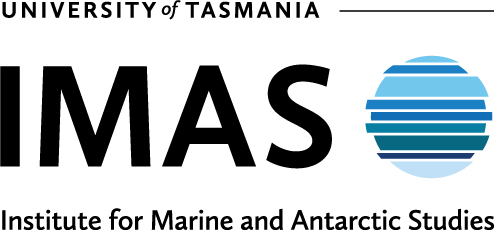Fishery Management
The Scalefish Fishery Management Plan [Fisheries (Scalefish) Rules 1998] was first introduced in 1998 and reviewed in 2001, 2004, 2009 and 2015. The management plan provides the regulatory framework for the fishery, which covers commercial and recreational components. While the management plan contains the overarching legislation under which the fishery operates, the following objectives, strategies and performance indicators are contained in a policy document currently under review by NRE Tas.
Major Objectives
- To maintain fish stocks at sustainable levels by restricting the level of fishing effort directed at scalefish, including the amount and types of gear that can be used;
- To optimise yield and/or value per recruit;
- To mitigate any adverse interactions that result from competition between different fishing methods or sectors for access to shared fish stocks and/or fishing grounds;
- To maintain or provide reasonable access to fish stocks for non-commercial fishers;
- To minimise the environmental impact of scalefish fishing methods generally, and particularly in areas of special ecological significance;
- To reduce by-catch of juveniles and non-target species; and
- To implement effective and efficient management.
Primary Strategies
- Limit total commercial fishing capacity by restricting the number of licences available to operate in the fishery;
- Define allowable fishing methods and amounts of gear that can be used in the scalefish fishery by both commercial and non-commercial fishers;
- Monitor the performance of the fishery over time, including identification and use of biological reference points (or limits) for key scalefish species;
- Protect fish nursery areas in recognised inshore and estuarine habitats by prohibiting or restricting fishing in these areas;
- Employ measures to reduce the catch and mortality of non-target or undersized fish; and
- Manage developing fisheries under permit conditions.
Learn more about the assessment requirements for each scalefish species on our Assessment Categories Information Page.
Ecological Risk Assessment
The assessments of species status included in this website incorporate an evaluation of the potential ecological risks posed by the Tasmanian Scalefish Fishery. Two recognised Ecological Risk Assessment (ERA) frameworks were used in this process: (1) a qualitative approach suited to fisheries with limited data, which is closely aligned with the standard risk assessment approach utilised in occupational health and safety; (2) a semi-quantitative approach that is suited to fisheries for which data relating to catch, discards, post release survival and technical aspects of the fishery are available. Risk analysis considers the source of risk, the possible consequences of the risk and how likely it is that the consequences will occur. Consequences and likelihood are assessed against specific objectives, which differ according to the component of the risk assessment. Consequence and likelihood are combined to produce an estimated level of risk associated with any specific hazardous event under consideration. The ERA was conducted once in 2012/13, capturing a snapshot risk profile of the fishery.
Details on the current management controls for the Tasmanian Scalefish Fishery is provided on the Department of Natural Resources and Environment (NRE, Tas) website at the link:



